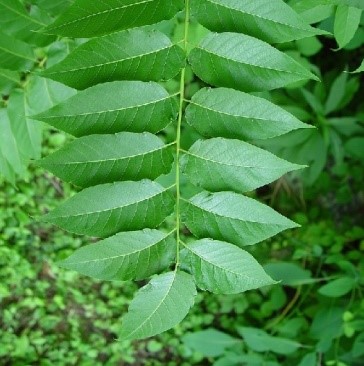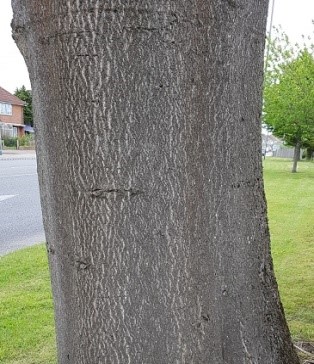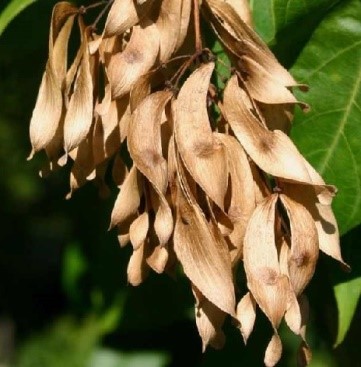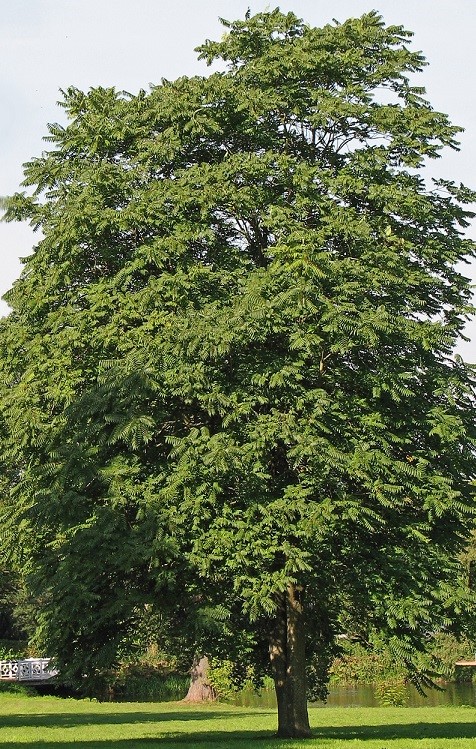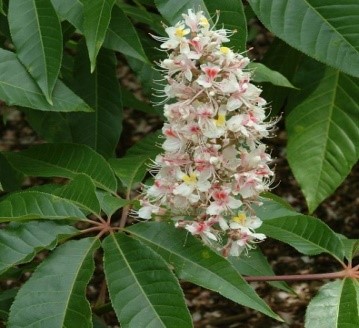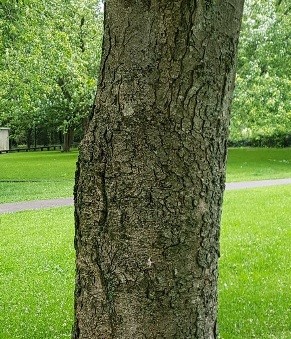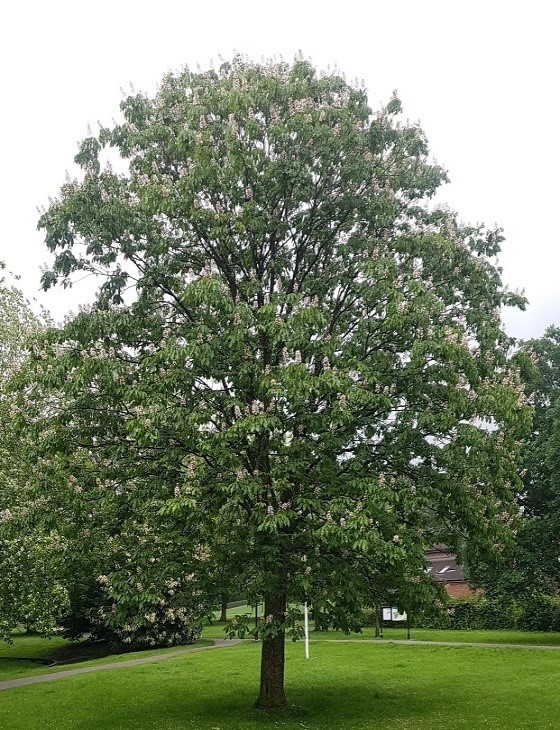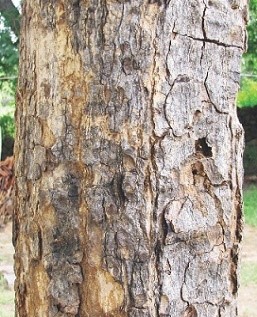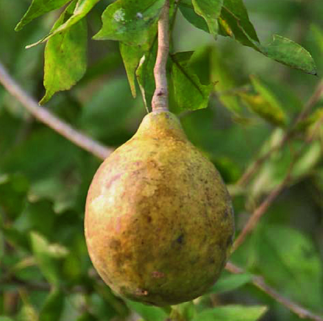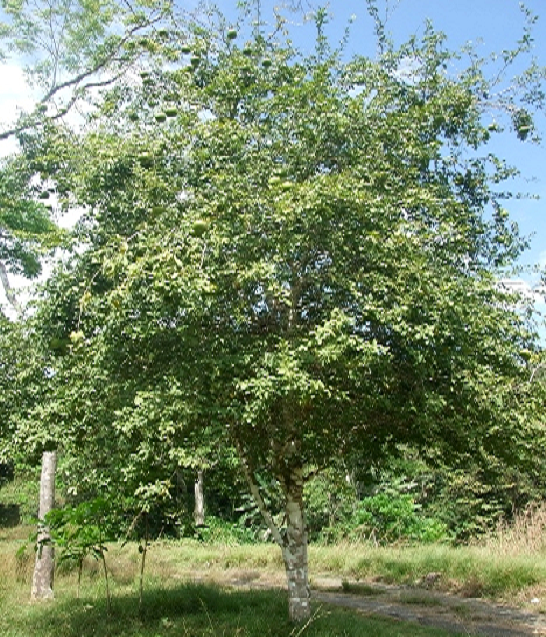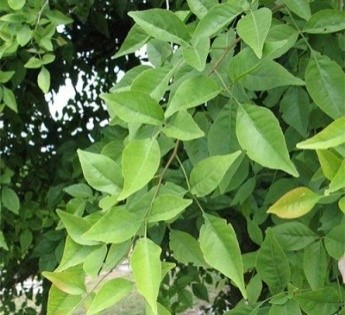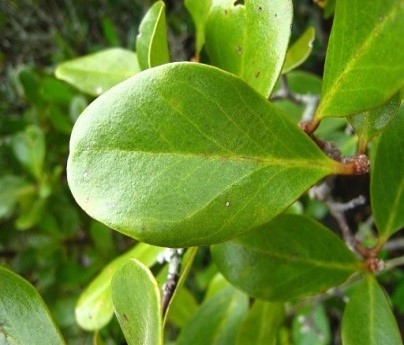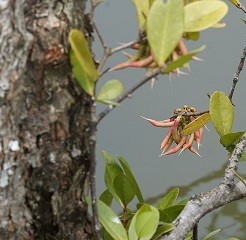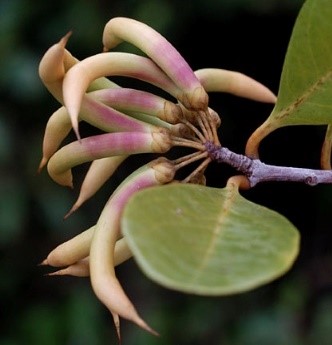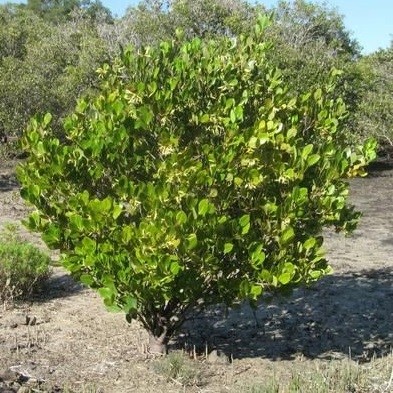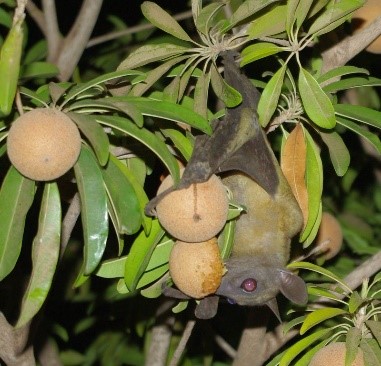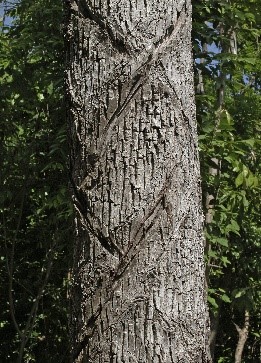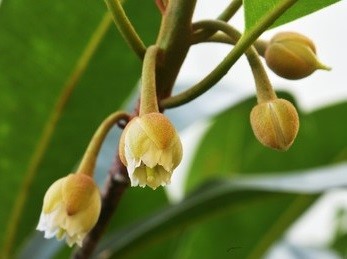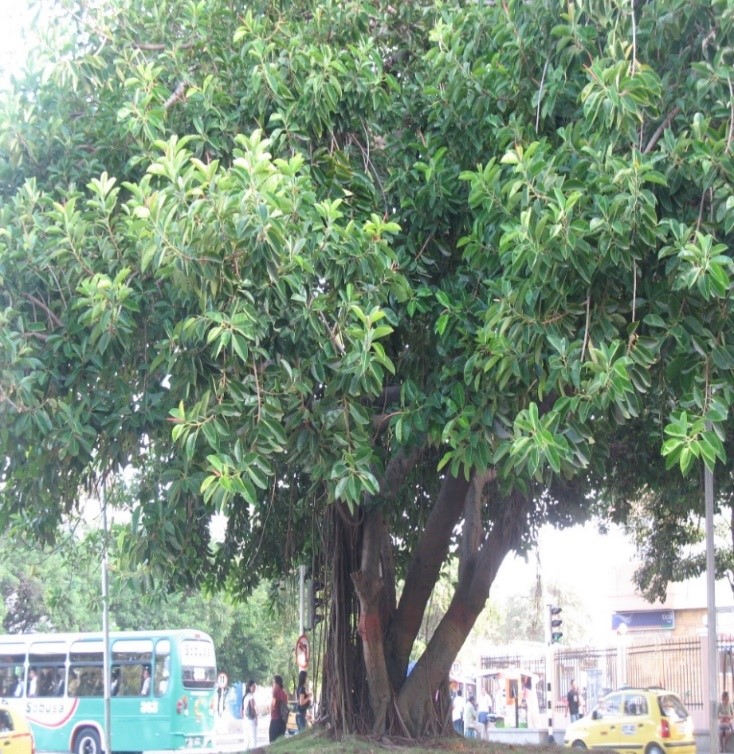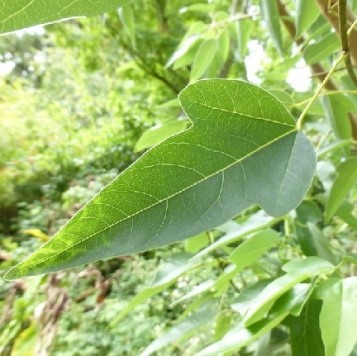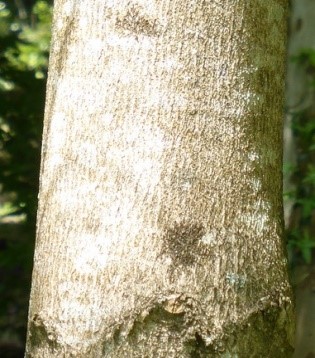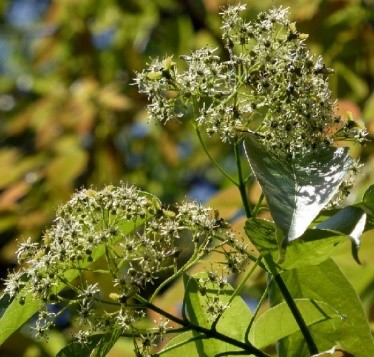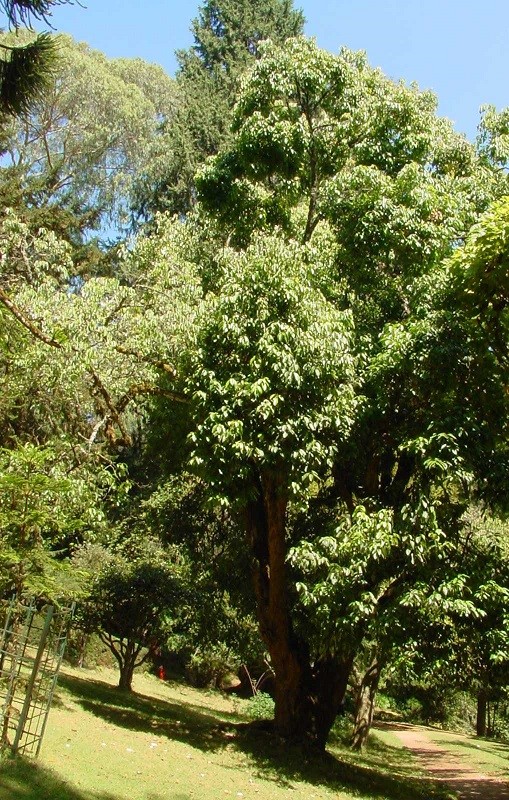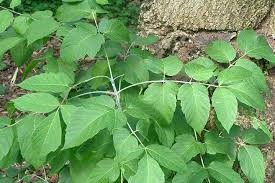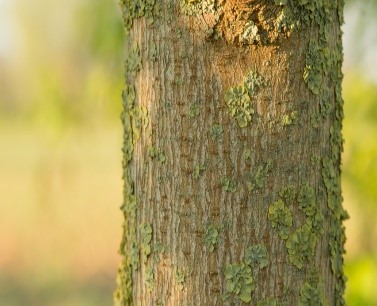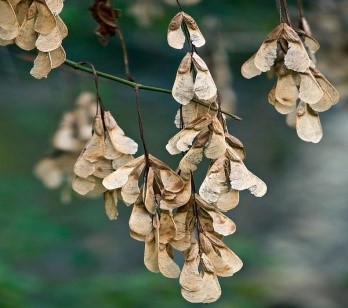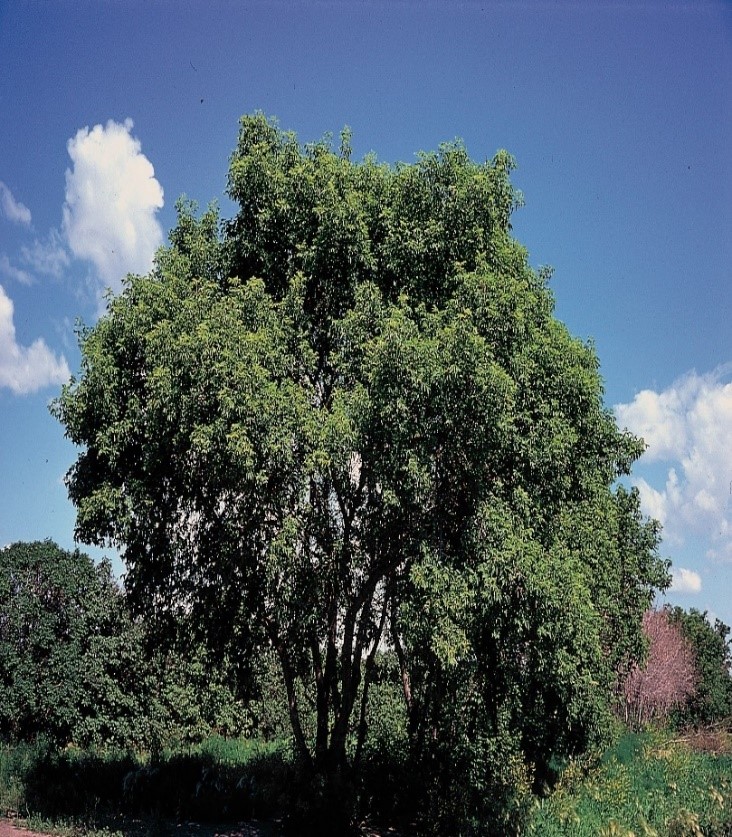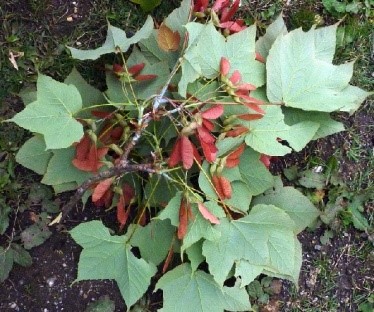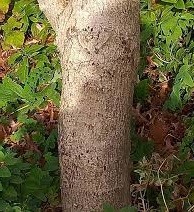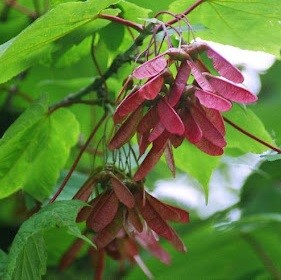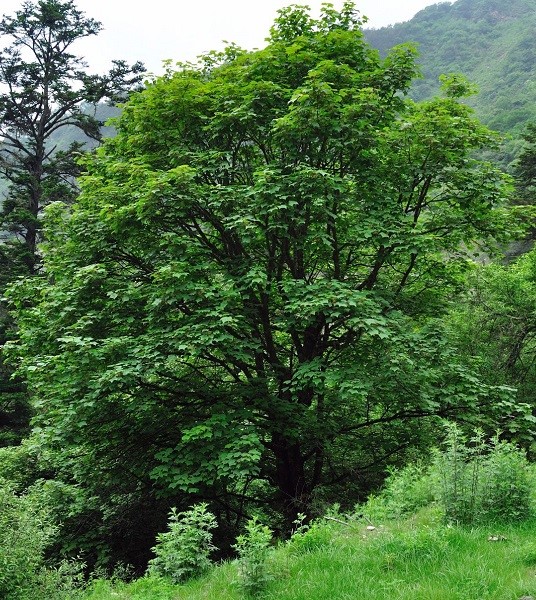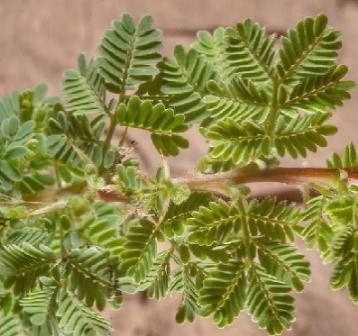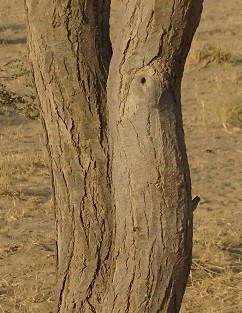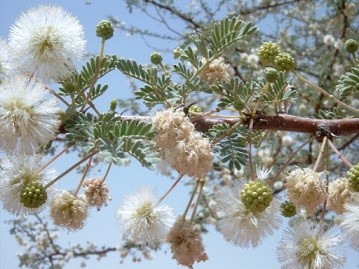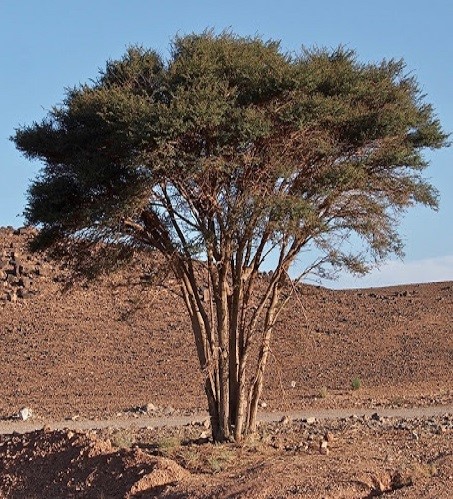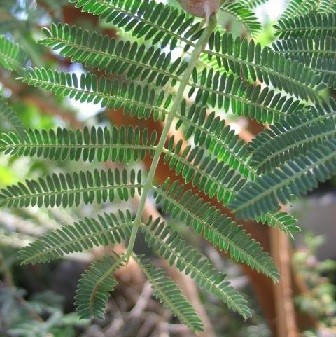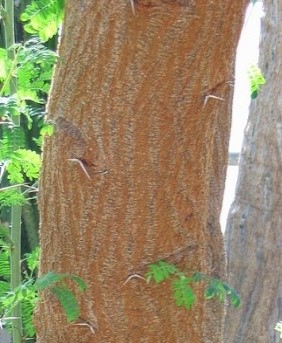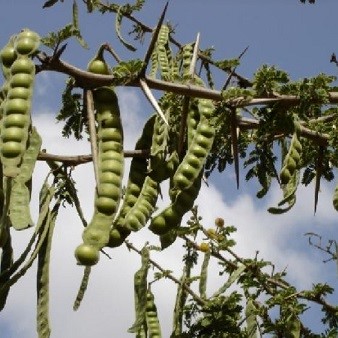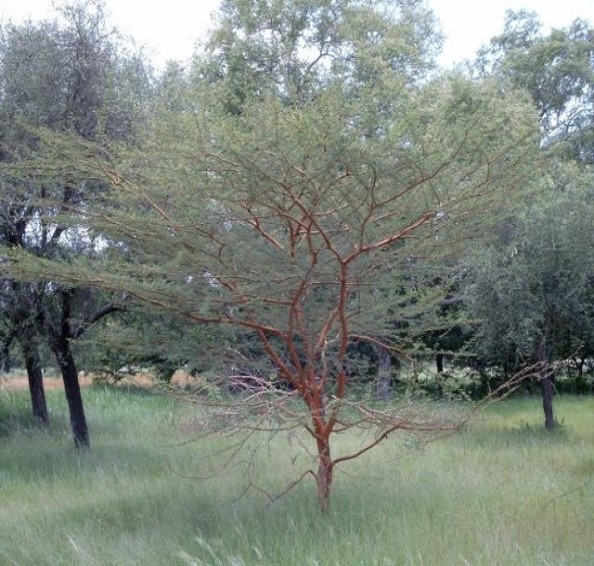Trees of Pakistan
Ailanthus altissima (Mill.) Swingle
Family Name: Simarubaceae
Local Name : Bahishti Darakht
English Name : Tree of Heaven
Description : A deciduous tree that sometimes grows with a crooked trunk to a height of 20 m, but heights of 6 to 10 m are more common. The crown is usually open. The leaves are pinnately compound, long approximately 30 to 40 cm. It is dioecious. The flowers are borne in terminal panicles. The fruit is 3.5 to 5 cm in diameter. Flowers occurs in April and June, while fruit matures between May and June. It appears to be disease and insect free with the exception of some tent caterpillar defoliators. It is reproduced from seed, cuttings and root suckers. Seed is small and can be kept in cold storage in closed containers for 2 years without loss of viability. A fast-growing tree that grows to a height of 3 to 4 m in a period of 5 months. Reports of 25 years old stands with average diameters
Aesculus indica (Wall. ex Camb.) Hook. f.
Family Name: Hippocastanaceae
Local Name : Ban Khor
English Name : Horse Chestnut
Description : A large, deciduous tree, 20 to 30 m tall and with a diameter of 1.2 to 1.3 m. The trunk is short, and the crown is broad, spreading and rounded. The leaves are compound, with the leaflets in groups of 5 to 7 at the end of a stalk. The leaflets look like the fingers on a hand. The leaflets are large, 15 to 25 cm long and 5 to 8 cm wide. The leaflets are oblong-shaped, pointed and the edges are sharply toothed. The bark is grey and smooth gradually becoming rougher and darker with age. The older bark will peel off in strips 60 cm long. The white tinged, yellow flowers are borne in large upright bunches, 15 to 35 cm long, which are quite showy. The flowers occur between April and June. The fruit is a capsule. Each leathery capsule is about 5 cm long and contains one seed. The seed
Aegle marmelos Linn
Family Name: Rutaceae
Local Name : Bael or Bail
English Name : Wood Apple
Description : A small or medium sized deciduous tree. Its branches are armed with sharp straight axillary thorns. 2.4 cm long. The aromatic, alternate, compound leaves, are mostly trifoliate with leaflets lance shaped, 7 to 8 cm long. The two lower leaflets are almost without a petiole while the terminal leaflet has a petiole of 2 cm. The edges of the leaflets have rounded teeth. The bark is grey and rather corky with long vertical scales. The base of the bole may be fluted on older trees. The perfect flowers are greenish white and sweet scented, about 2.4 cm across, in short axillary bunches. Flowering occurs between April and May. The fruit is 5 to 17 cm in diameter, globose, grey or yellowish, with a woody shell. The seeds are embedded in a thick, orange yellow. Sweet pulp. Fruit developme
Aegiceras corniculatum
Family Name: Primulaceae
Local Name : Chaunr
English Name : River-mangrove
Description : This plant is an evergreen shrub or small tree growing up to about 5 to 7 m tall. The leaves of the plant are alternate and 30 to 100 mm long and 15 to 50 mm wide and are minutely dotted. Its small white flowers are produced as umbellate clusters of about 10 to 30, with a peduncle up to 10 mm long and with pedicels 10 to 20 mm long. The calyx is 2 to 5 mm long and corolla is 4 to 7 mm long. The fruit is light green to pink in color, curved, cylindrical or horn-shaped, and 20 to 80 mm. The fruits and seeds are well adapted to water dispersal.
Achras zapota
Family Name: Sapotaceae
Local Name : Kikar
English Name : Nest Berry
Description : This plant is an evergreen ornamental tree with widely spreading and dense crown. The tree can grow up to the height of 8 to 20m tall in cultivated conditions and in deep forest it may also be reach up to height of 25 to 40 tall. The leaves are glossy green, alternate, elliptic to ovate, 7to 15cm long. The fruit is round and about 5-10cm diameter. The bole of the tree is straight and cylindrical, its diameter is up to 50 cm in cultivated condition and in deep forest it is up to 140 cm in the forest. The leaves are glossy and medium green in color. The flowers have bell like structure and are yellowish white in color. The fruit is big berry and is 5 to cm in diameter and it is pale yellow in color containing 6 seeds each. The seeds look like beans and are glossy and hard.
Acer oblongum Wall. Ex D.C.
Family Name: Aceraceae
Local Name : Panhgor, Kiromeli
English Name : Himalayan Maple
Description : A slow growing deciduous tree 12 to 15 m tall. The crown is closed, oval shaped and stem diameters of 40 to 50 cm have been reported. Leaves are simple, alternate, and oblong to lance shaped, 5 to 18 cm long and 2 to 8 cm wide. The older leaves may drop as new leaves are formed so the tree may never appear leafless. The bark is grey, smooth with vertical wrinkles, and the trunk often irregularly swollen at the base. The flowers are small, yellowish-green and are arranged in small, dense bunches. It flowers between February and April. The seed are borne in pairs. The seeds are flattened, joined and each seed has a thin papery wing (double samara). The seed matures between May and November. It can be reproduced both from seed and by vegetative means. Initial growth is slow b
Acer negundo L.
Family Name: Aceraceae
Local Name : Acer
English Name : Ashleaf Maple/ Plains Maple, Box Alder
Description : This is rapidly growing tree that grows up to the height of 8 to 25 m, and the trunk diameter of trunk is about is about 25 to cm. The shoot of the tree is generally green in color with violet or pinkish white waxy coating when the tree is young. Branches of the tree are smooth and brittle and tend to maintain a green color instead of becoming hard dead bark. The color of the trunk is light brown to pale grey, scaly and deeply cleft into the broad ridges. It has compound leaves with 3 to 7 leaflets; the leaflets are about 6 to 12 cm long and 3 to 8 cm wide and have light green color. Flowers are small and yellowish green in color. The fruits are samaras and are present in pairs.
Acer caesium Wall. Ex Brandis.
Family Name: Aceraceae
Local Name : Trekhan
English Name : Maple
Description : A slow growing, deciduous tree 20 to 24 m tall. The crown is closed, and oval shaped and stem diameters of 47 to 95 cm have been reported. Leaves are simple, alternate 3 to 5 lobed, and 8 to 20 cm wide. The flowers are small, yellowish-green and are arranged in small, dense, bunches. It flowers between March and May. The seed are borne in pairs. The seeds are flattened, joined and each seed has a thin papery wing. The seed matures between June and October. It is frost hardy. Grazing is not a problem, as cattle seem to avoid this tree. A leaf rust, tar-spot can cause severe premature defoliation. It can be reproduced both from seed and by vegetative means. Initial growth is slow but increases with age to approximately 0.2 to 0.5 cm of diameter growth/yr. Dense, with a specific gra
Acacia tortilis (Forsk.) Hayne
Family Name: Leguminosae
Local Name : Samor, Umbrella Thorn, Walaiti Kikar
English Name : Turtile Acacia
Description : A fast growing small tree 4 to 15 m tall. The crown is often flat, and umbrella like supported by several stems. Foliage is feathery-like and the leaves are compound. Leaves are small 1.25 to 3.5 cm. It is easily identified by its two kinds of thorns: the first type is long straight and white, and the second type is small, brownish and hooked. Deep tap root. The fragrant flowers are white and appear singly or in clusters in the spring. The pods are twisted, yellowish brown and mature in early summer. It can be reproduced both from seed and by vegetative means. It is best reproduced by seed and planted seedlings. Pretreatment of seed by nicking the seed coat, by an overnight soak in water, or a soak in sulfuric acid will increase germination. It is relatively fast growing. Yields
Acacia seyal Del
Family Name: Leguminosae
Local Name : Talh, Shittim, surkh Kikar
English Name : Australian Acacia
Description : A shrub or small tree up to 12 tall. The crown is often flat and sometimes branching near the base. It is a deciduous tree with compound leaves. It has sharp thorns usually in pairs and straight. The bark is rough, cream to greenish yellow, or dark grey, reddish brown, or black. It flakes off exposing a powdery under surface. The flowers are yellow, fragrant and appear between March and June. The curved pods are 7 to 22 cm long, and 0.5 to 0.9 cm wide. They mature between September and November. It can be reproduced both from seed and by vegetative means. It is best reproduced by seed and planted seedlings. Pretreatment of seed by nicking the seed coat, by an overnight soak in water, or a soak in sulfuric acid will increase germination. It is relatively slow growing, with
